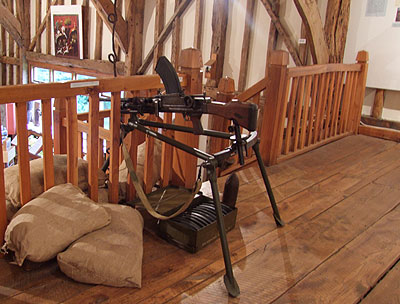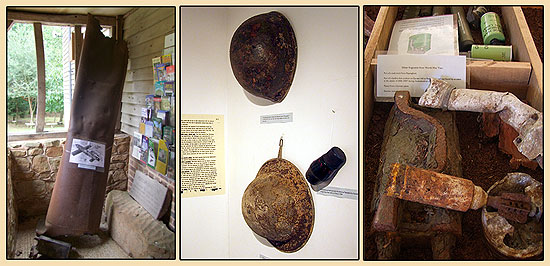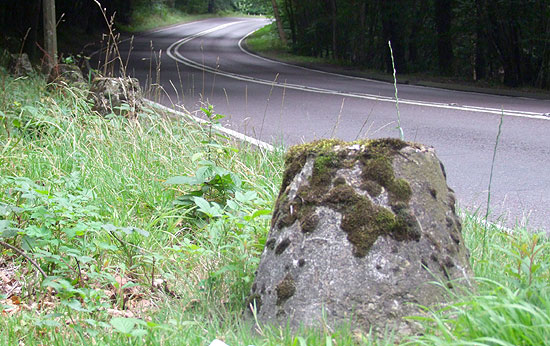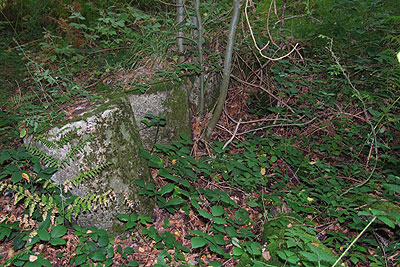Ashdown Forest
Posted: 5 October 2008 10:37
 Ashdown Forest was a very busy place during WW2, being used as a training area as well as being the location of the famous Aspidistra transmitter.
Ashdown Forest was a very busy place during WW2, being used as a training area as well as being the location of the famous Aspidistra transmitter.
Although just outside the 1941 East Sussex Divisional Area, the forest was occasionally used by troops within East Sussex, as well as seemingly being a harbour area for tank formations acting as part of the reserve.
My trip to the Wych Cross visitor centre on 26 August was to see the summer exhibition entitled The Forest - War and Conflict covering 2,000 years of military activity, including, of course World War Two.
A series of interesting text panels, photographs and artefacts chart the wartime use of the forest, from the piece of V1 flying bomb outside the entrance, to sections of Bren Carrier track, mortar bombs, grenades, helmets and pieces of German aircraft that crashed in the area.

As a whole, the exhibition had been put together and presented very well.
My journey to Wych Cross had also increased my knowledge of the local roadblocks; missing the turning first time, I drove past a line of four buoys at the roadside (photo below). After stopping to photograph them, I took the correct turn and, on approaching the visitor centre, spotted another series of buoys about 100 yards further up the road - three this time.


Finally, I pulled over at Chelwood Vachery on the way home to photograph this line of six cylinders on the edge of the woods.
Three potential roadblock locations found purely by chance is a good result; however, as they don't fall within my area of expertise (and they're not covered by the Roadblock Report), I haven't posted this as a Roadblcok Recce.
- Pete

Email:
Blog Latest

Bishopstone reveals its pillbox secrets
18 October 2021

Pillbox or Observation Post?
10 June 2020

Uncovering the hidden secrets of a pillbox
8 June 2019

Review of 2018
31 December 2018

Wartime Christmas in East Sussex (2)
24 December 2018
Jargon-buster
Buoys
Small concrete roadblock obstacle comprising a truncated cone with domed base. A hollow shaft down the centre allowed the buoy to be manhandled using a crowbar. Buoys were deemed of little value by 1941 and cylinders seen as a better solution.
Cylinders
Reinforced concrete cylindrical obstacles with a shaft down the centre in which could be inserted a crowbar for manhandling, or a picket for barbed wire. Cylinders were 90cm high and 60cm wide and deployed in groups of three as a more effective alternative for buoys.
This site is copyright © Peter Hibbs 2006 - 2024. All rights reserved.
Hibbs, Peter Ashdown Forest (2024) Available at: http://www.pillbox.org.uk/blog/216567/ Accessed: 19 April 2024
The information on this website is intended solely to describe the ongoing research activity of The Defence of East Sussex Project; it is not comprehensive or properly presented. It is therefore NOT suitable as a basis for producing derivative works or surveys!